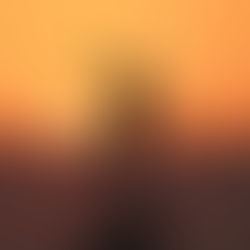Do we really need to detox?
Detoxification. It’s a buzz word this time of year – people are looking to “detox” after the holiday season - but what does detoxifying mean, and is it something we ought to be doing?
The good news is that our bodies are detoxifying all the time. Our kidneys and liver are our organs of detoxification that work round the clock to filter out any toxins from our blood, break them down and excrete them. We don't need to do a special "spring clean" every January - our bodies know what to do.

However, these days, we are often bombarded with more potentially harmful substances than our bodies can deal with, for example, medicines, recreational drugs, caffeine, garden chemicals, exhaust fumes, pesticides, alcohol, paint fumes, domestic moulds, toxins found in food and clothes, cleaning products, plastics, food additives, even your mobile phone. Our detoxification processes can get overwhelmed.
If you are showing signs of poor detoxification, such as sluggishness, dark circles under eyes, headaches, bloating, body odour, a furry tongue, joint pains, yellow discoloration in skin or eyes, as well as having high exposure to environmental toxins then it might be worth thinking about reducing your toxic load.
Here are 5 easy ways to lower your toxic load:
Aim to change some of the food you eat to organic. Start with milk and apples, for example, and build up from there.
Switch some of your household products to more natural versions.
Wash new clothes before you wear them
Cut back on caffeine and alcohol
Aim to walk down quieter streets, with fewer traffic fumes
If you feel that your lifestyle and environment is “clean” yet you are still not feeling at your best, you might need some nutritional recommendations to support your detoxification pathways. This doesn’t mean that you will be put on the perceived detox diet of just juiced vegetables, but your diet can be tweaked to ensure that all the co-factors required for efficient detoxification are present.





